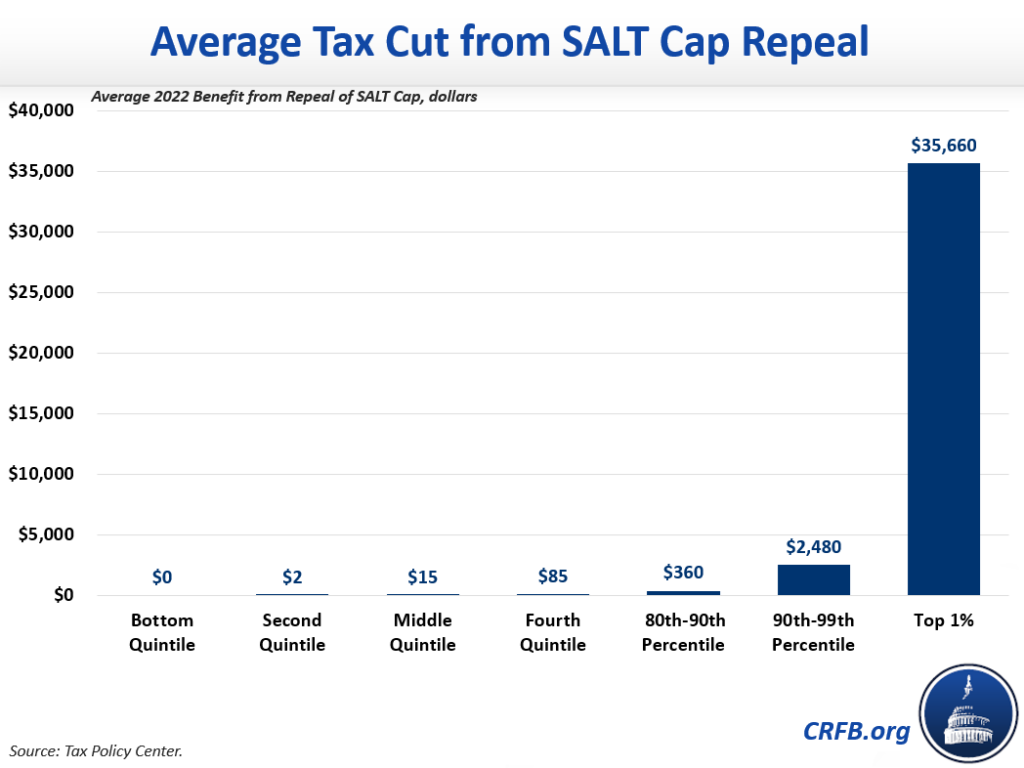Toomey Warns Biden Admin. Pursuing ‘Solyndra’ Policy on Green Energy

As green energy advocates poured into Pennsylvania for a green energy summit in Pittsburgh, Sen. Pat Toomey (R-Pa.) was warning Keystone State businesses and homeowners: Prepare to get “Solyndra’d.”
An estimated 6,000 people rallied with President Biden’s energy secretary, former Michigan Gov. Jennifer Granholm, on Wednesday, cheering her on at the Heinz History Center in Pittsburgh as she urged them to “Push, push, push to deploy, deploy, deploy” green energy technology. Granholm was in town to kick off the Global Clean Energy Action Forum and promote the Biden administration’s policy of pursuing net-zero greenhouse gas emissions by no later than 2050.
Microsoft co-founder Bill Gates and former Massachusetts Sen. John Kerry, who serves as Biden’s special envoy for climate, are also participating in the forum, which concludes on Friday.
Asked about the 2050 goal on a press call Wednesday, Toomey said, “It’s not a meaningful goal because they have no strategy for how we’re actually going to get there.”
Toomey said technology and innovation, not government regulation, are the path to lower carbon emissions, and he pointed to the fracking revolution as an example.
“We’ve replaced coal-fired electric power generation with natural gas-fired electric power generation, and that brought a drastic reduction in CO2,” Toomey explained. “You would think that the administration would be very pleased with that and would encourage more of that. But instead, they take this absurd notion that they have to be hostile to all fossil fuels.”
And if innovation is the solution, Toomey suggested, then government is likely to be part of the problem.
“I guarantee you the government isn’t going to figure out the technology,” Toomey said. “And the government sending out checks to politically favored companies isn’t going to get us there, any more than Solyndra did. That was a complete debacle by a previous administration.”
President Barack Obama gave $535 million in federal loan guarantees to Solyndra, a solar-panel manufacturer backed by a major Democratic donor. The company collapsed into bankruptcy not long after amid evidence the Obama administration bent the rules to approve the deal.
In the green energy and healthcare spending bill known as the Inflation Reduction Act, Congress voted to spend a total of $362 billion in green energy subsidies, or more than 670 Solyndras.
And, Toomey added, the net impact of that spending will be negligible.
“Another thing that’s so ironic about [the Inflation Reduction Act] is it’s pitched as President Biden’s momentous and unprecedented climate bill. And the fact of the matter is, it’s going to do nothing for the climate,” Toomey said. “Don’t take my word for it. The UN uses the IPCC climate models, the gold standard for determining the effect policies will have on our climate. And if you use that model, and assume that everything Democrats passed with great fanfare is implemented as intended, the effect on the Earth’s surface temperature is less than three one-hundredths of one degree Fahrenheit seventy years from now.
“That’s essentially zero.”
In 2020, renewable energy sources generated about four percent of Pennsylvania’s electricity, according to the U.S. Energy Information Administration. One proposal being pushed at the Pittsburgh forum is accelerating the use of electric vehicles. As of the end of 2021, there were fewer than 27,000 EVs registered in the entire state.
“I noticed that California’s increasingly forcing people in the direction of buying electric vehicles at the very same time they’re saying ‘Oh, by the way — you can’t charge them at night because we don’t have enough electricity on the grid,'” Toomey said.
“The gross incompetence and mismanagement of this are shocking.”
Please follow DVJournal on social media: Twitter@DVJournal or Facebook.com/DelawareValleyJournal






